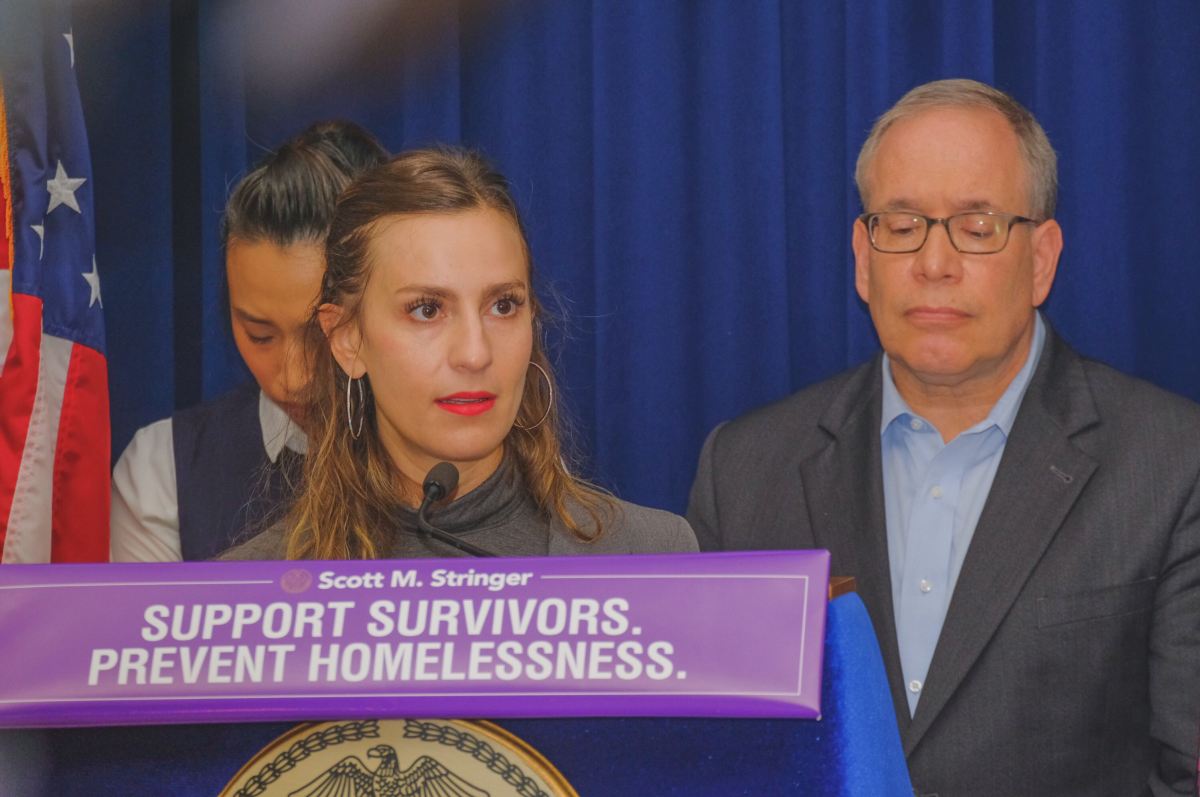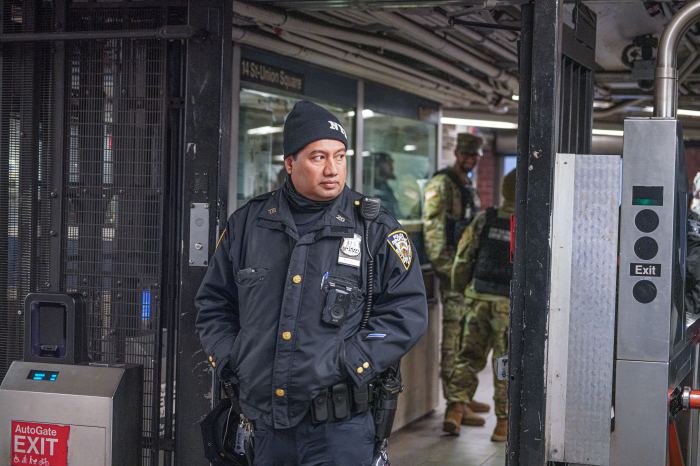Stable housing assistance from the city is a forlorn hope for domestic violence survivors who form the bulk of those in the homeless shelter system, according to City Comptroller Scott Stringer.
A staggering 41 percent of those entering family homeless shelters operated by the city in 2018 are survivors of domestic violence, as indicated in a study that Stringer’s office released Monday.
To make matters worse, the comptroller’s study noted, survivors claim that the city government does too little to help their situation, limiting stays in crisis shelters to only 180 days and offering rental vouchers that do not come close to meeting their monthly needs to remain in a new home.
“It’s not evictions, it’s not mental illness; it’s domestic violence,” Stringer said. “Nobody should ever leave a New York City domestic violence shelter without safe, permanent housing, period … I’m a little upset and surprised that, given the numbers we’re releasing today, we have not been able to create a safe path forward.”
Stringer’s office estimated the number of domestic violence survivors in family homeless shelters has spiked by 44 percent spike over the last five years, and that domestic violence leads all other causes of homelessness.
More than half of the estimated 7,000 children included in this estimate are under 6 years old.
About 21 percent of homeless domestic violence survivors are living in hotel conversions used by the city Department of Homeless Services (DHS), but the agency has been phasing out of use as more permanent shelters are built under the Turning of the Tide on Homelessness initiative.
One such survivor, Alida Tchicamboud, spoke at Stringer’s Monday press conference. She said she had come to New York in 2015 and found herself entering the shelter system with her two children. It became difficult to transition with the time constraints and limited amount of support the vouchers provided.
But a spokesman for the Mayor’s office told amNewYork on Monday that the 180-day limit for domestic violence shelters does not mean people end up back out on the street; they are instead placed at another shelter.
“HRA DV shelters … are prioritized for those who face an imminent and immediate threat to their safety. Nobody is kicked out on to the street after 180 days. If you do not have a place to go, DHS will find a shelter placement for you,” the spokesman said. “As for the vouchers, over 120,000 New Yorkers have used these vouchers since 2014. City landlords are prohibited from discriminating by someone based on their source of income; vouchers are such a source of income.”
The spokesman also added that there has been rapid expansion in the number of domestic violence shelters in the city to meet capacity needs.
Legislation sponsored by Bronx state Senator Alessandra Biaggi looks to bring some relief by mandating that landlords accommodate early termination of leases for domestic survivors as well as pro-rated charges until termination date.
“Essentially the purpose of this bill is to provide an option for survivors of domestic violence to remove themselves from a dangerous living situation without facing legal or financial penalties,” Biaggi said. “While the city has taken action in recent years to expand capacity of domestic violence shelters and increase subsidized housing for survivors, they still face significant obstacles to access and safe alternatives to provide the demand.”
The bill has already passed both houses of government in Albany and awaits Governor Andrew Cuomo’s signature. Biaggi hopes Cuomo will sign it before the end of this year.



































